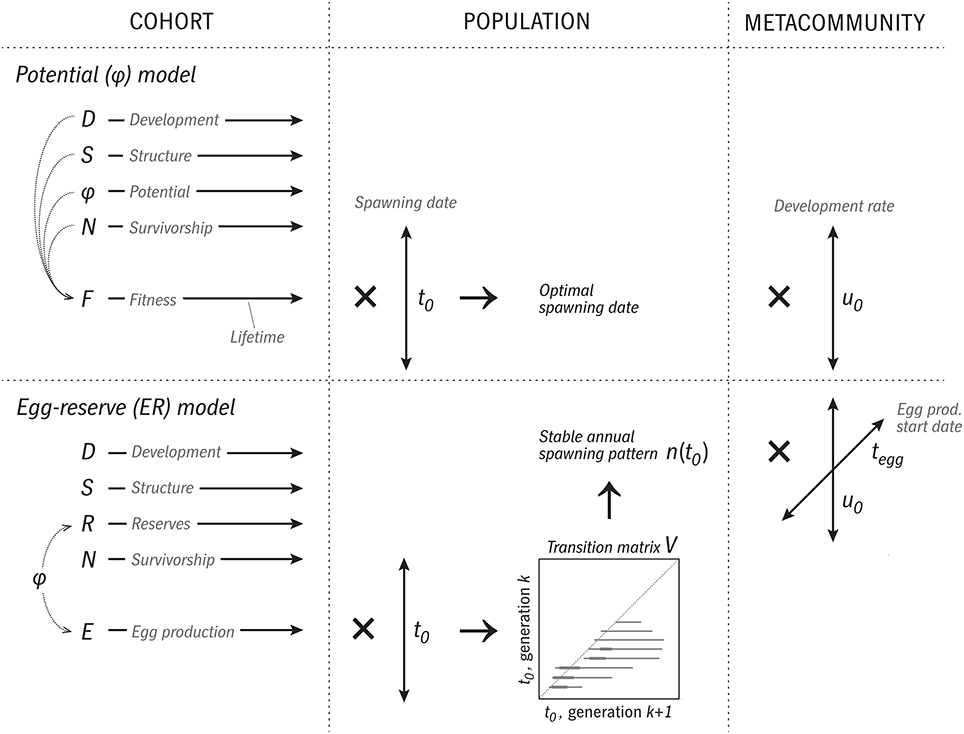In a last-minute update, we slipped in a major performance optimisation for bgfx video output. It’s particularly noticeable when using cropped artwork, and there’s no longer a big performance penalty for bringing up the menu over the emulation on macOS.
Jun 23, 2017 - You can easily convert your documents to PDF format. PDF converter to convert documents like Word, Excel or Images to PDF. Pdf To Dsn Converter. 5/18/2017 0 Comments Convert DSN and BRD Files to Sch. Doc Files - KBA8. Corporate Headquarters. Orcad dsn to pdf converter Dat 46 docx 3 eml 3 exe 7 key 15 mkv 2 mobi 3 mov 5 odt 5 pdf 14.scottz at clearviewcatv.net asks: How to convert dwg files to.

We describe a mobile digital checklist that we designed and developed for trauma resuscitation—a dynamic, fast-paced medical process of treating severely injured patients. The checklist design was informed by our analysis of user interactions with a paper checklist that was introduced to improve team performance during resuscitations.
The design process followed an iterative approach and involved several medical experts. We discuss design challenges in converting a paper checklist to its digital counterpart, as well as our approaches for addressing those challenges. While we show that using a digital checklist during a fast-paced medical event is feasible, we also recognize several design constraints, including limited display size, difficulties in entering notes about the medical process and patient, and difficulties in replicating user experience with paper checklists.
INTRODUCTION Checklists have become an integral component of healthcare safety procedures and are now routinely used in many medical settings, including emergency departments [], operating rooms [] [], and intensive care units []. While successful in preventing and reducing errors in some domains, checklists have been criticized for poor design and a failure to achieve their full potential in healthcare []. Most checklists are paper-based and static, even when displayed on a screen, limiting adaptability to dynamic and often unpredictable medical scenarios.
Although paper checklists still dominate, attempts have been made to digitize checklists to improve compliance and allow easier access to information from them. Digitization of checklists may also lead to: improved clinical decision making and care coordination by allowing faster access to data for process improvement and research; integration with other hospital systems; shared access to information through common displays; and context-based adaptation. The process of converting paper checklists to a digital format, however, is not straightforward and has several challenges, including the need to present the correct tasks at the right time; to adapt to contextual information, like patient status, available providers or equipment; to prevent mistakes commonly found with paper checklists, such as skipping items or choosing the wrong list; and, to be easy to access and use [][]. Checklists for dynamic, time-pressured crisis situations, such as medical emergencies, face an additional set of design challenges associated with rapidly emerging data. We describe a mobile digital checklist system that we developed for trauma resuscitation—a dynamic, fast-paced medical process of treating severely injured patients early after injury. Clinicians responding to medical emergencies such as trauma resuscitation must rapidly perform a defined set of tasks that are critical to successful team performance. Despite the widespread use of standard evaluation and management protocols, compliance with performing critical tasks during patient evaluation is low [].

To assist with memory recall of procedural items in settings with high cognitive load, clinicians have used mnemonics when designing protocols (e.g., “ABC” for “Airway, Breathing, Circulation” in resuscitation), but even these strategies are prone to error []. Drawing from experiences with checklists in other safety-critical domains such as aviation, researchers have designed a trauma resuscitation checklist as an alternative approach to improving team performance []. This paper-based checklist contains a total of 65 items grouped into four sections: pre-arrival plan, primary survey, secondary survey and prepare for travel (). It was deployed in actual resuscitations, with a recent study showing its positive impact on team performance and protocol compliance [].
Here, we focus on the process of converting this paper checklist into an electronic format. We first review prior research that informed the initial system prototype, and then follow with the checklist design, the rationale for our design decisions, and the challenges we encountered. We then present findings from a feasibility study in which the system was tested in real resuscitations to further explore the application area. Our key contributions to pervasive health are: •. BACKGROUND & RELATED WORK Trauma resuscitation is one of the most challenging processes in healthcare.
Blog
- Game Yakyuken Special Psx Bios For Epsxe
- Gak Grigorjev Teoriya I Praktika Perevoda Otveti
- Die Siedler 3 Gold Edition No Cd Crack
- Free Download Night Of The Living Dead 1990
- Huawei S7 701u Imei Repair Service
- Gstarcad Keygen Chomikuj 18
- Vokaljnie Raspevki Dlya Detej Noti
- Ps2 Hdloader 08c Iso
- Shaan Caliche Dil Kya Kare Free Mp3 Download
- Latest Kontakt 5 Library Keygen 2016 Download And Full Version 2016
- Aria Made In Japan Serial Numbers
- Duel Masters Card Maker Pch
- Driver Usb Adapter Wireless 80211bg Telecom By D Link
- Rukovodstvo Po Remontu I Ekspluatacii Mersedes 814